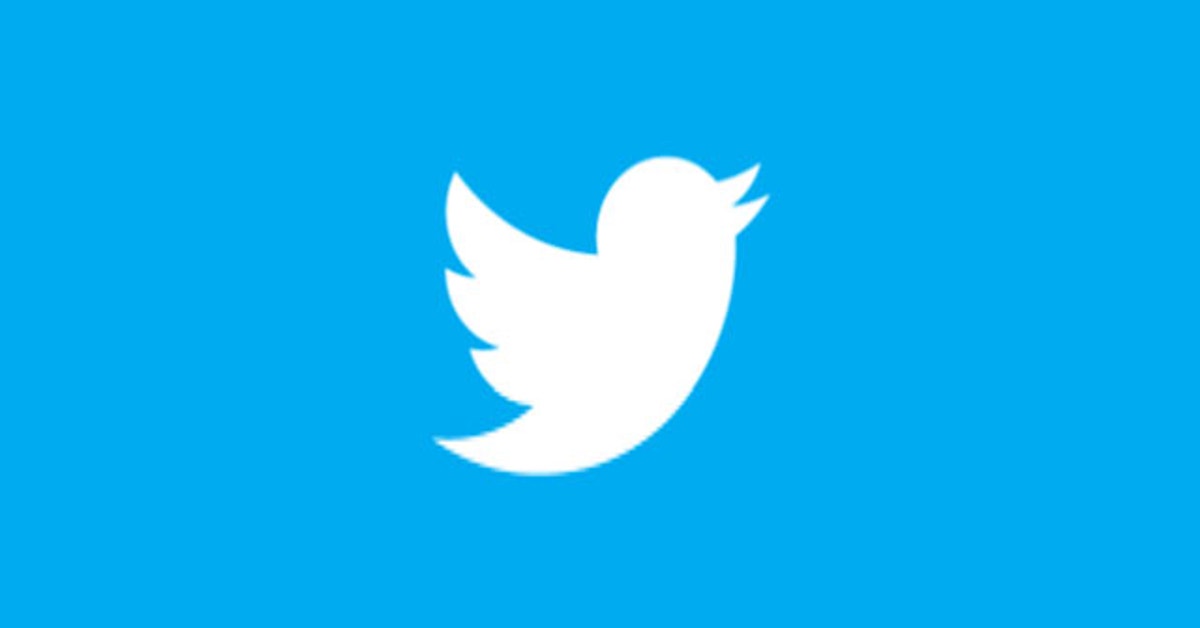

“If it's compliant with Twitter's rules, we're OK with it being on the platform. The labels themselves don’t call bots good or bad, it just gives people the signal that it's automated. “I focused on those accounts because these are the ones that can help us all reframe how we think about bots.” She was referring to the Turbovax bot that Tweeted vaccine appointments to its 160,000 followers. There was a vaccine bot that was really popular in New York,” said Dante Clemons, the senior product manager tasked with creating and testing these labels.

“It's not inherently wrong to have an automated account on Twitter obviously automated accounts don't have to be terrible. So why go to the trouble of labeling bots, instead of banning them all from Twitter? “Based on the preliminary research that we have, we hypothesize that that's going to create an environment where you can trust those bots a lot more.” “Not only are we just labeling these bots, we're also saying: this is the owner, and this is why they're here,” said Stewart. To help address the issue of bots, Twitter recently rolled out new labels that identify bots with an “automated” designation in their profile, an icon of a robot, and a link to the Twitter handle of the person who created the bot. Stewart’s team revealed that people found content more trustworthy if they know more about who’s sharing it-starting with whether that account is human or automated. “We wanted to understand more about what those look like so we could help people identify them and feel more comfortable in their understanding of the space they’re in.” “There are many bots on Twitter that do good things and that are helpful to people,” said Stewart.

As the lead researcher on Twitter’s Identity and Profiles team, he wanted to understand how interpersonal trust is developed on Twitter and how automated accounts could affect that trust. How these bots are represented on Twitter is almost as important as what they do for their followers. Like a COVID-19 bot that alerts you to vaccine availability in your area, an earthquake bot that alerts you to tremors in your region, or an art bot that delivers a colorful dose of delight on your timeline. But it’s not as simple as blanket-banning all automated accounts.īots actually come in all shapes and sizes, and chances are, you’re already following one that you like. Twitter has an entire enforcement team dedicated to tracking down these accounts and banning them. In fact, in the second half of 2020, it deployed 143M anti-spam challenges to accounts, which helped bring spam reports - those coming from people who flag Tweets as spam - down by about 18% from the first half of the year.

They have good reason to: Twitter detects roughly 25M accounts per month suspected of being automated or spam accounts. Thanks in large part to misinformation campaigns waged on social media during the US 2016 election, a lot of people associate bots with this type of nefarious activity. What comes to mind when you think of a bot on Twitter? You probably picture a spammy account sliding into your DMs or a Russian troll farm pumping out fake news and conspiracy theories.


 0 kommentar(er)
0 kommentar(er)
